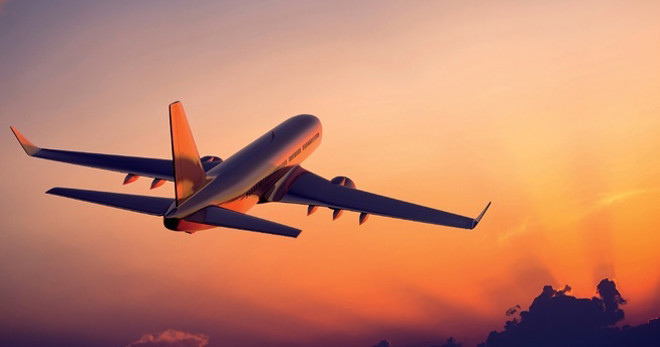
Travelling by air has become a common mode of transportation, but one decision that often leaves travellers needing clarification is whether to book a direct flight or a flight with a layover. Both options have their own advantages and disadvantages, and choosing the right one depends on several factors.
Direct Flights: Pros and Cons
A direct flight is a non-stop flight that takes you from your origin to your destination without any stops. Here are some advantages and disadvantages of direct flights:
Pros:
Saves time: They are the fastest way to reach your destination, as there are no stops in between.
Convenience: Direct flights are convenient as they eliminate the need to change planes and transfer luggage.
Less chance of delays: flights have less chance of delays since there are no layovers or connecting flights involved.
Cons:
Limited options: They are available on a limited number of routes, which may need to be more convenient for travellers who want to fly to less popular destinations.
Higher costs: Direct flights are usually more expensive than flights with layovers since they offer convenience and save time.
Longer flights: flights are usually longer as they cover a greater distance without any stops.
Flights with Layovers: Pros and Cons
A flight with a layover involves stopping at one or more airports on the way to your final destination. Here are some advantages and disadvantages of flights with layovers:
Pros:
More flight options: Flights with layovers are available on more routes, making finding a flight to your desired destination easier.
Lower costs: Flights with layovers are usually cheaper than direct flights since they are less convenient and take longer.
Break up a long journey: Flights with layovers can break up a long journey, allowing travellers to rest and refresh before continuing.
Cons:
Longer travel time: Flights with layovers take longer as they involve stopping at one or more airports, which can increase travel time.
Potential for missed connections: Flights with layovers have a higher chance of missed connections due to delays or cancellations.
Luggage concerns: Luggage may need to be transferred to another flight during layovers, increasing the risk of lost or delayed luggage.
Which Option is Better?
The answer to this question depends on the traveller’s priorities. If time is of the essence and the traveller is willing to pay a higher price for convenience, a direct flight to Dubai is the best option. However, if the traveller is flexible with time and wants to save money, a flight with a layover may be the better choice.
Additionally, it’s important to consider the destination and the availability of flights. If a direct flight is not available for the desired destination, a flight with a layover may be the only option.
Conclusion
Choosing between a direct flight and a flight with a layover depends on the traveller’s priorities. While direct flights offer convenience and save time, flights with layovers are usually cheaper and offer more flight options. Ultimately, the decision should be based on the destination, availability of flights, and the traveller’s priorities.
FAQs
How much time should I allow for a layover?
The time required for a layover depends on the airport, the connecting flights, and potential delays. Generally, a layover of at least two hours is recommended to allow time for potential delays, transfer of luggage, and to make the connecting flight.
Will my luggage be transferred automatically during a layover?
It depends on the airline and the airport. Some airlines may transfer luggage automatically, while others may require passengers to collect and re-check their luggage during a layover. Checking with the airline or the airport for specific luggage transfer policies is important.
What happens if I miss my connecting flight during a layover?
If a passenger misses a connecting flight due to a delay or other reasons, the airline will usually rebook the passenger on the next available flight at no additional cost. However, if the delay is due to the passenger’s fault, such as being late to the gate, the airline may charge a fee to rebook the flight.
Can I choose my seat on a direct flight or a flight with a layover?
Yes, most airlines allow passengers to choose seats during booking or check-in for direct flights and flights with layovers.
However, the availability of seats may be limited on some flights, particularly on popular routes during peak travel seasons.
Are direct flights safer than flights with layovers?
The safety of a flight depends on various factors, such as the airline, aircraft, weather conditions, and air traffic control. Both direct flights and flights with layovers are safe if they meet the safety standards set by aviation authorities.


